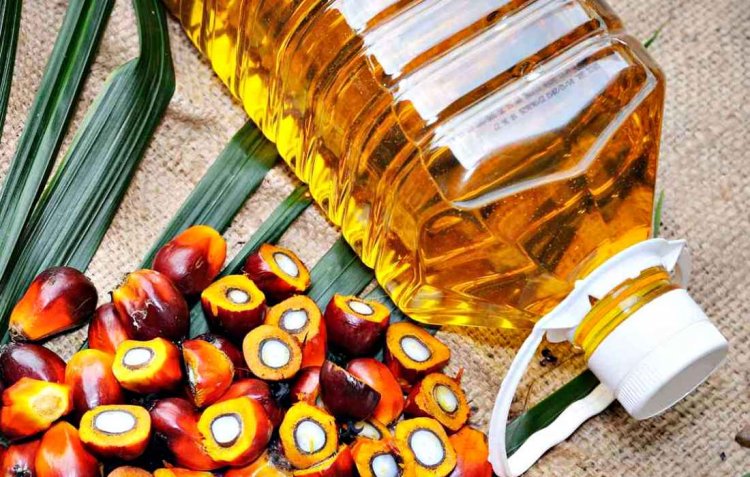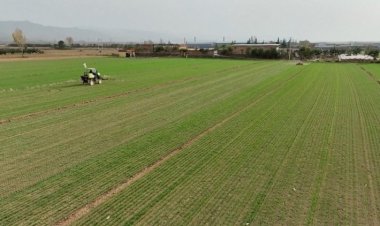India's edible palm oil industry set for growth amid stable credit profiles: CRISIL Ratings
India's edible palm oil industry is set for a 10 percent revenue growth this fiscal year, driven by steady demand and a 7-8 percent rise in global crude palm oil prices. CRISIL Ratings notes improved operating margins and stable credit profiles, with government policies supporting profitability through extended zero import-duty measures.

India's edible palm oil industry is poised for significant growth this fiscal year, with revenues expected to increase by approximately 10 percent, according to CRISIL Ratings. The steady demand and higher realizations are key factors driving this growth. Operating profitability for domestic refiners is projected to rise by 40-50 basis points (bps) to around 3.5 percent, aided by favorable prices and the continuation of duty-free imports.
The assessment is based on a study of nine companies rated by CRISIL Ratings, which together represent roughly a third of the industry's revenue, estimated at approximately Rs 75,000 crore. Palm oil dominates India's edible oil consumption, accounting for 38-40 percent of the market by volume. It is primarily used in the food processing and HoReCa (hotels, restaurants, and catering) segments, which make up 45-50 percent of total consumption. The remaining demand comes from household and industrial segments.
Urbanization and Demand Dynamics
Urbanization and increased consumption of processed and restaurant food are expected to sustain demand for palm oil, leading to a projected volume growth of 3-4 percent this fiscal year, reaching around 93 lakh tonnes.
Import Dependency and Global Supply Concerns
Despite ample refining capacities, India relies heavily on imports for crude palm oil (CPO), with over 90 percent of its requirements met by major global producers, Malaysia and Indonesia. The global supply of palm oil has stagnated due to sustainability and environmental concerns, contributing to a price increase of 7-8 percent this fiscal year.
According to Rahul Guha, Director at CRISIL Ratings, the recent budget clearly demonstrated the Indian government's commitment to enhancing domestic oilseed production to boost local availability. However, he noted that the effects of these efforts might take some time to materialize. In the interim, global crude palm oil (CPO) production is expected to remain steady at 78-79 million tonnes, which could lead to a 7-8 percent price increase this fiscal year. Alongside a steady rise in volume, this price hike is projected to boost the revenue of India's edible palm oil industry by approximately 10 percent.
Indian refiners are anticipated to see an improvement in operating margins by 50 basis points, reaching around 3.5 percent. This growth is attributed to economies of scale, robust commodity hedging strategies, and the continued allowance of duty-free CPO imports.
Policy Extension and Industry Impact
Rishi Hari, Associate Director at CRISIL Ratings, highlighted that the Indian government extended the zero import-duty policy for CPO for two additional years, now set to last until March 2025. This policy, which had previously been slated to end in March 2024, originally saw CPO import duties as high as 40 percent before the pandemic. The extension is expected to help manage domestic supplies, stabilize prices, and support profitability in the current fiscal year.
With global supplies stagnating, Indian refiners are not expected to expand capacities significantly in the medium term. The existing cash flow should be sufficient to meet the incremental working capital needs and maintenance capital expenditures. Consequently, the credit profiles of palm oil refiners are predicted to remain stable, with total outside liabilities to tangible net worth (TOLTNW) and interest coverage ratios estimated at 1.25 times and 4 times, respectively.
Despite these positive indicators, the industry remains cautious about potential geopolitical challenges and shifts in international edible oil trade dynamics, which could impact future developments.



 Join the RuralVoice whatsapp group
Join the RuralVoice whatsapp group






































